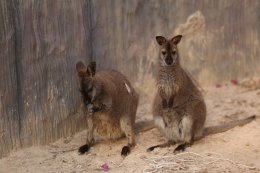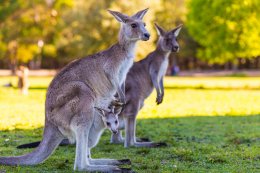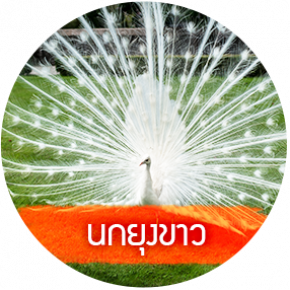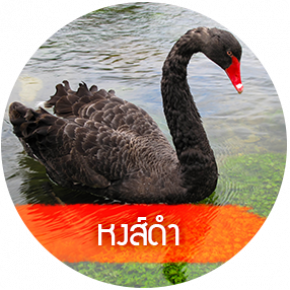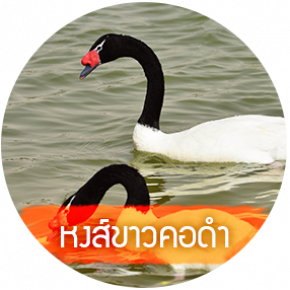PARMA WALLABY
15254 Views |
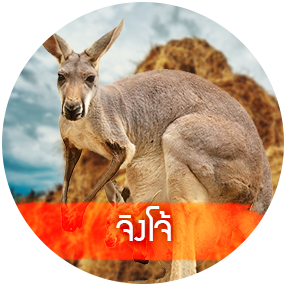
A wallaby is a small- or mid-sized macropod found in Australia and New Guinea.
They belong to the same taxonomic family as kangaroos and sometimes
the same genus, but kangaroos are specifically categorised into the six largest species
of the family. The term wallaby is an informal designation generally used for any macropod
that is smaller than a kangaroo or wallaroo that has not been designated otherwise.
There are 11 species of brush wallabies (g. Macropus, s.g.
Protemnodon). Their head and body length is 45 to 105 cm and the tail is 33 to 75 cm long.
The six named species of rock-wallabies (g. Petrogale) live among rocks,
usually near water; two species are endangered. The two species
of hare-wallabies (g. Lagorchestes) are small animals that have the movements and some of the habits of hares. Often called "pademelons", the three species of scrub wallabies
(g. Thylogale) of New Guinea, the Bismarck Archipelago, and Tasmania are small and stocky,
with short hind limbs and pointed noses. They are hunted for meat and fur.
A similar species is the short-tailed scrub wallaby, or quokka (Setonix brachyurus)
this species is now restricted to two offshore islands of Western Australia.
The three named species of forest wallabies (g. Dorcopsulus) are native to the island
of New Guinea. The dwarf wallaby is the smallest member of the genus and the smallest
known member of the kangaroo family. Its length is about 46 cm from nose to tail,
and it weighs about 1.6 kg.
Although members of most wallaby species are small, some can grow up
to approximately two metres in length (from head to end of tail).
Their powerful hind legs are not only used for bounding at high speeds
and jumping great heights, but also to administer vigorous kicks to fend off potential predators.
The Tammar wallaby (Macropus eugenii) has elastic storage in the ankle extensor tendons,
without which the animal’s metabolic rate might be 30–50% greater.
It has also been found that the design of spring-like tendon energy savings
and economical muscle force generation is key for the two distal
muscle–tendon units of the Tammar wallaby (Macropus-Eugenii).
Wallabies also have a powerful tail that is used mostly for balance and support.
